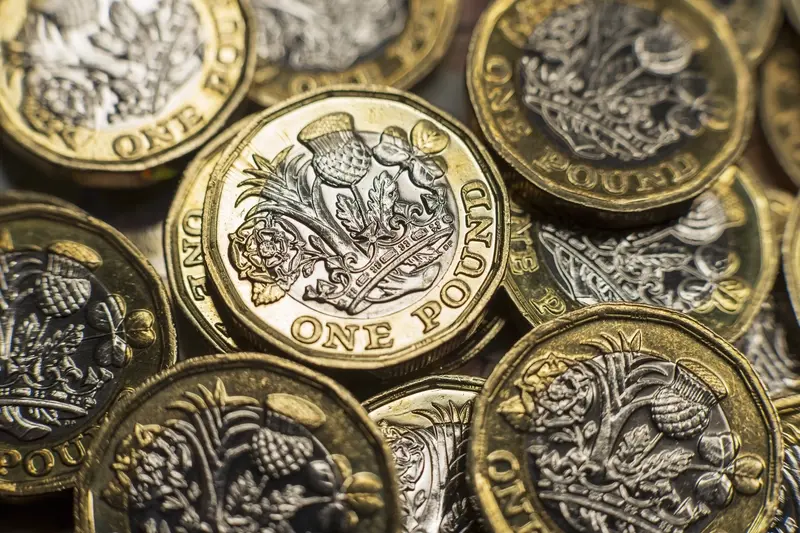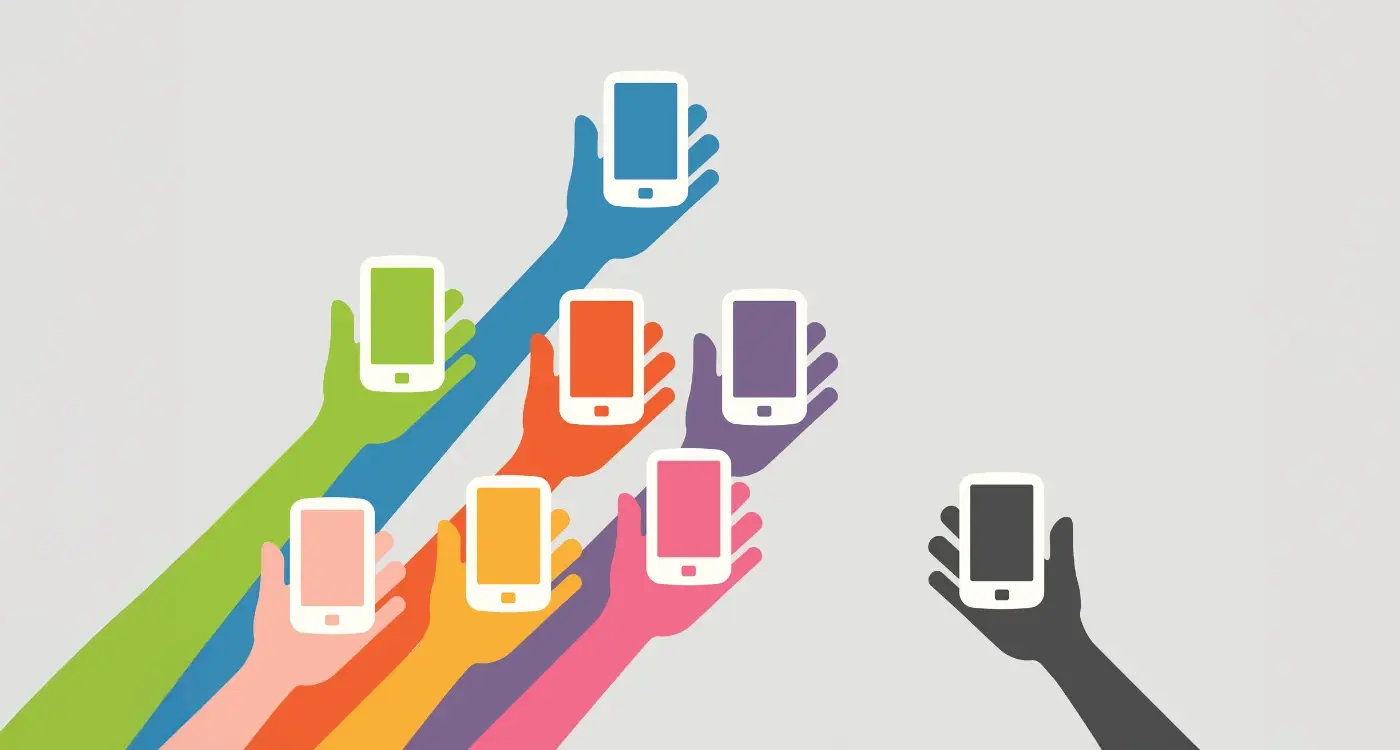What's The Difference Between Freemium And Premium App Models?
Nearly 90% of mobile app revenue comes from free apps—not paid ones. That's right, apps that cost nothing to download are making more money than premium apps that charge upfront. This isn't just a quirky statistic; it's the reality of today's mobile app economy and it's completely changed how developers think about pricing models.
When I first started working with app developers, the choice seemed straightforward: charge people to download your app or give it away for free. But the rise of freemium models has made this decision much more complex—and much more interesting. Now we have apps that are free to download but make money through in-app purchases, subscriptions, or advertising.
The best pricing model isn't about what you want to charge—it's about what your users are willing to pay and when they're willing to pay it
Understanding the difference between freemium and premium app models isn't just about knowing definitions; it's about making smart business decisions that can determine whether your mobile app succeeds or fails. The wrong pricing strategy can kill even the most brilliant app idea, whilst the right one can turn a simple concept into a profitable business. Whether you're a startup founder, developer, or business owner, choosing between these pricing models will be one of the most important decisions you make for your app.
Understanding App Pricing Models
When I first started building mobile apps, pricing seemed straightforward—you built something, put a price tag on it, and hoped people would buy it. But over the years I've learned that app pricing is far more complex than that; it's actually one of the most important decisions you'll make for your app's success.
There are several ways to make money from mobile apps, but the two main approaches dominate the market: freemium and premium models. Each one works differently and suits different types of apps and audiences. The freemium model lets users download your app for free but charges for extra features or content. Premium apps require users to pay upfront before they can download and use the app.
Why Your Pricing Model Matters
Choosing the wrong pricing model can kill even the best app ideas. I've seen brilliant apps fail because they picked a pricing strategy that didn't match their target audience or app type. The model you choose affects everything from how many people download your app to how much money you'll make from each user.
Your pricing model also shapes how users experience your app and what they expect from it. This decision will influence your marketing, development priorities, and long-term business strategy.
What Is a Freemium App Model
The freemium pricing model is one of the most popular ways to monetise mobile apps—and for good reason. Put simply, freemium means offering your app for free whilst charging for premium features or content. Users can download and use the basic version without paying a penny, but if they want access to advanced features, they'll need to upgrade to a paid version.
Think of apps like Spotify, Dropbox, or Candy Crush Saga. They all use freemium models brilliantly. You can listen to music with ads, store files with limited space, or play games with restrictions. Want to remove ads, get more storage, or unlock special levels? That's when you pay.
Common Freemium Features
- Limited functionality in the free version
- In-app purchases for premium features
- Subscription tiers for ongoing access
- Advertising revenue from free users
- Time-limited trials of premium features
The beauty of freemium is that it removes the barrier to entry. People are much more likely to try something that's free than something that costs money upfront. Once they're hooked on your app and see its value, converting them to paying customers becomes much easier.
Start with a genuinely useful free version that solves a real problem—then make your premium features so compelling that users can't resist upgrading.
The freemium model works best when there's a clear path from free to paid, and when the free version provides enough value to keep users engaged without giving everything away.
What Is a Premium App Model
A premium app model is probably the most straightforward pricing strategy you'll come across—users pay upfront before they can download and use your app. Think of it like buying a book or a game from a shop; you hand over your money first, then you get the product. No monthly subscriptions, no hidden costs, no free trials that suddenly start charging you.
The beauty of premium apps lies in their simplicity. Once someone has paid for your app, they own it completely. They can use all the features, access all the content, and there's no pressure to upgrade or buy extras later on. Popular examples include productivity apps like Things 3, creative tools like Procreate, and countless mobile games that charge a one-time fee.
Why Choose Premium Pricing
From a developer's perspective, premium pricing can be brilliant for certain types of apps. You get your revenue upfront, which means you can predict your income more easily. There's also something refreshing about creating an app without worrying about in-app purchases or subscription mechanics—you can focus purely on making the best possible experience for your users.
The downside? People are often reluctant to pay for something they haven't tried first, which can make marketing more challenging.
Key Differences Between Freemium and Premium Models
After working with hundreds of mobile app projects, I can tell you that the differences between freemium and premium models go far beyond just pricing—they shape your entire app development strategy. Premium apps require you to convince users to buy before they've even tried your product, which means your app store listing needs to be absolutely spot-on. You're banking on screenshots, reviews, and descriptions to seal the deal.
Freemium apps, on the other hand, let users test-drive your product first. This sounds brilliant in theory, but here's the catch—you need to create an experience good enough to hook people, yet limited enough that they'll want to upgrade. It's a delicate balance that many developers get wrong.
Revenue Timeline Differences
Premium apps generate revenue immediately when someone downloads them, giving you instant cash flow. Freemium apps play the long game—you might wait weeks or months before a user decides to upgrade. This affects everything from your marketing budget to your development timeline.
The biggest mistake I see developers make is thinking freemium means free money—it actually requires more strategic thinking than premium models
User expectations differ massively too. Premium app users expect a complete, polished experience from day one because they've already paid. Freemium users are more forgiving of limitations but expect regular updates and new features to justify upgrading.
Pros and Cons of Each Pricing Strategy
After years of working with different app monetisation models, I've seen the good, the bad, and the downright ugly when it comes to pricing strategies. Let's break down what you're getting yourself into with each approach.
Freemium Model Benefits and Drawbacks
The freemium model's biggest win is user acquisition—people love free stuff and they'll download your app without thinking twice. You'll get higher download numbers, better app store rankings, and more opportunities to show off what your app can do. Once users are hooked, converting them to paid features becomes much easier than convincing them to pay upfront.
But here's the catch: most freemium apps see conversion rates between 1-5%. That means 95% of your users will never pay you a penny. You're supporting a massive user base whilst only a tiny fraction generates revenue. The ongoing costs can be brutal, especially if your app requires servers or customer support.
Premium Model Strengths and Weaknesses
Premium apps generate immediate revenue—every download equals money in your pocket. You know exactly how much you're earning, making financial planning straightforward. There's no need to support non-paying users or worry about conversion funnels.
The downside? Getting people to pay before they've tried your app is tough. Your download numbers will be lower, which can hurt your app store visibility. You're competing against thousands of free alternatives, so your app needs to be exceptional to justify the upfront cost.
- Freemium: High downloads, low conversion rates, ongoing costs
- Premium: Immediate revenue, lower downloads, simpler monetisation
- Both require different marketing strategies and user expectations
Choosing the Right Model for Your Mobile App
After working with hundreds of clients over the years, I can tell you that picking between freemium and premium pricing models isn't just about what feels right—it's about understanding your audience and your app's value proposition. The wrong choice can kill even the best app ideas before they get started.
Your target audience plays a huge role in this decision. If you're building a productivity app for busy professionals, they might happily pay upfront for something that saves them time. But if you're creating a social gaming app for teenagers, freemium makes much more sense since younger users rarely have credit cards or spending power.
Key Factors to Consider
When deciding between these mobile app pricing models, you need to evaluate several important factors:
- Your app's core value and complexity
- Target demographic and their spending habits
- Competition in your market space
- Your marketing budget and user acquisition costs
- Long-term revenue goals
Premium models work best when your app solves a specific problem really well—think professional tools, specialised utilities, or content apps with high-quality material. Freemium shines when you need large user bases, have strong social features, or can offer compelling ongoing content or services.
Test your pricing strategy with a small group of beta users before launch. Their feedback on willingness to pay can save you from costly mistakes later.
Conclusion
After working with dozens of apps over the years, I can tell you that choosing between freemium and premium models isn't about picking the "best" option—it's about picking the right option for your specific app and audience. I've seen brilliant apps fail because they chose the wrong pricing model, and I've seen average apps succeed because they got this decision spot on.
The freemium model works brilliantly when you've got an app that people need to try before they buy, or when your core features can hook users whilst premium features add real value. Think about apps where the basic version solves a problem, but the paid version makes life much easier. Premium models shine when you're offering something specialised, professional, or when your app provides immediate value that users recognise straight away.
Don't rush this decision. Test your assumptions, talk to your target users, and be honest about what your app actually does. Can people understand its value within minutes? Go premium. Does it need time to become part of their routine? Freemium might be your answer. Remember, you can always pivot later—but it's much easier to get it right from the start.
Share this
Subscribe To Our Learning Centre
You May Also Like
These Related Guides

How Do Apps Make Money?

Can I Change My App's Pricing Model After Launch?



